I find that most students are eager to engage in STEM activities, but if you have students that seem to hang back at this time, these tips may help increase their engagement.
1. Model the activity – have samples handy, or work through the process first showing a possible solution. If you have worked through it yourself ahead of time, you will be aware of what works well or what might not be the best solution. If the challenge is particularly difficult or is causing a lot of frustration with your students, provide instruction through part of the process for a design you have previously verified, and then let them customize part of it.
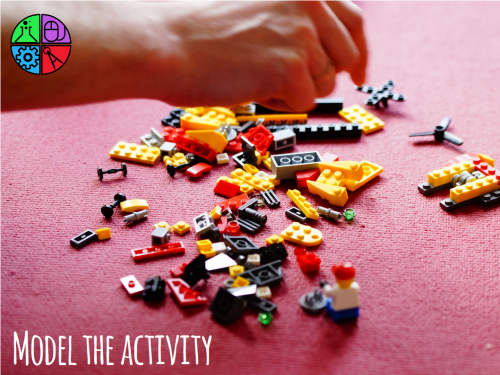
If you don’t have time to make samples ahead of time, actively participate when you are not assisting. Don’t be afraid to show yourself failing!
2. Change the venue. For those students that need to move their bodies or work better sprawled out on the floor, taking a STEM challenge outside to the playground, a field, or even to your gym can inspire a different kind of thinking. Your students might find something in nature they can use or you may be able to test your creations better. Boats, kites, and parachutes will be much more practical to test outside, as are any kind of projectiles! As an added bonus, you may be able to combine your STEM activity with a nature walk or other science exploration.
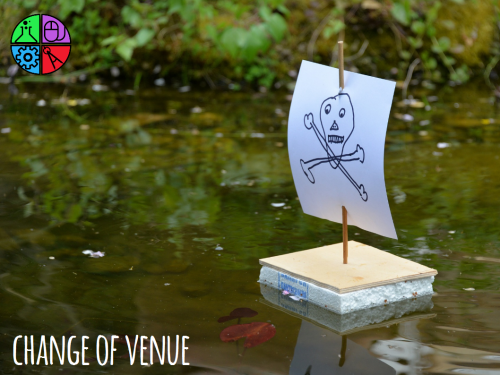
3. Start with something familiar, such as a favorite toy, story, or video game to draw the students in.

This may require a little legwork on your part, by either procuring specific materials (think about asking local libraries or makerspaces to see what they have available, and if you might be able to loan it out for a day) or by learning about what games are trending among your students. Starting with something familiar will give them some confidence to attack the problem, as well as increased interest in the outcome.
Most kids are familiar with fairy tales, so you may want to introduce a STEM challenge in this way! Sarah from More Than a Worksheet has a free fairy tale STEM activity that goes with Jack and the Beanstalk:

or her Fairy Tale STEM bundle!
I have also been working on some STEM activities that go with stories, which are aimed at kids in grades 1-3:
4. Get silly! For this one, you may need to imagine yourself as a kid again, thinking about what would make you find your teacher ridiculously silly. You may just give the instructions standing on a desk. You might hand out what looks like an insanely difficult homework assignment and then tell them to read it over carefully. Once they start reading, tell them to hang on, they won’t have to read it after all, they will be turning it into their best paper airplane! 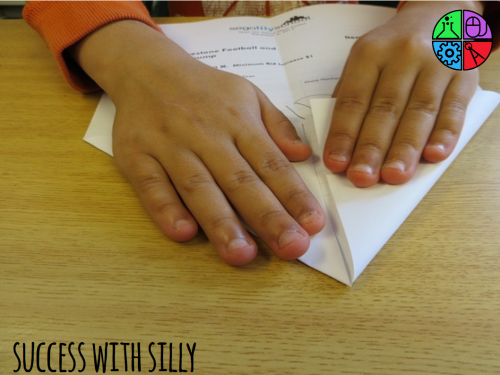
Forget about building with straws or toothpicks. Try twisting balloons!
Add in the A in STEAM with fun decorations – stock up on silly eyeball stickers or mustaches at Halloween or have bright and colorful washi tape available for adding a final touch.
Don’t be afraid to host the Great Underwear Challenge (or a challenge that corresponds to Captain Underwear) and have your students design a better pair of underwear. Underwear is by far the silliest word in the lower elementary crowd.
I have faith in you. Break out the silly. Your kids won’t forget it!

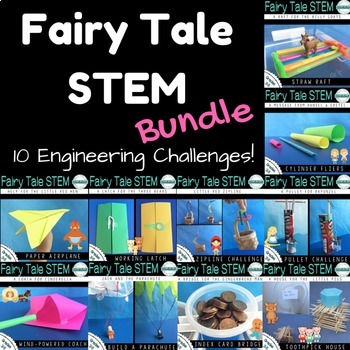
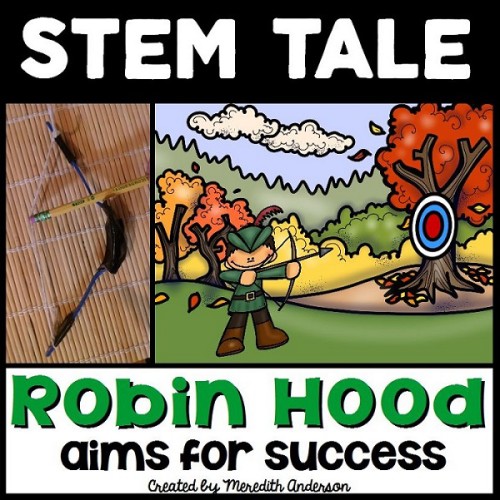
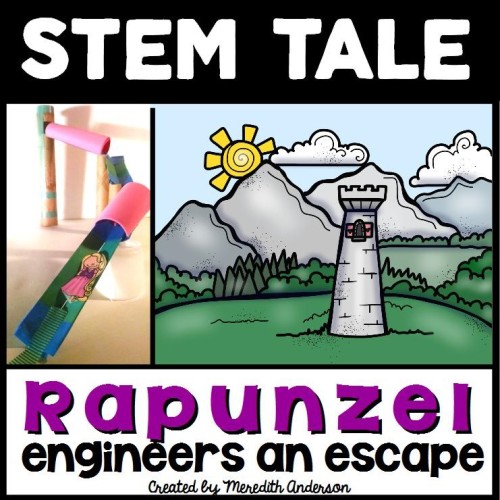

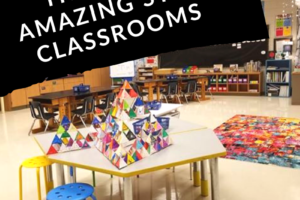

Leave a Reply
Your email is safe with us.